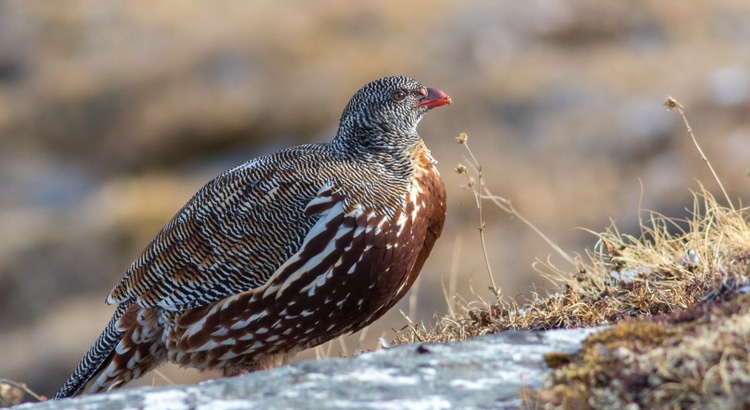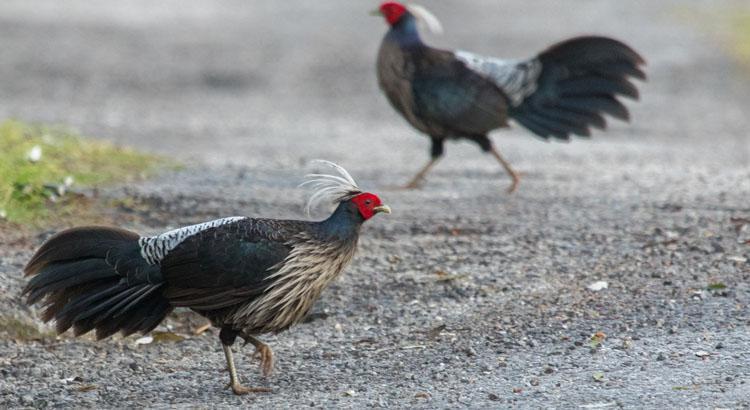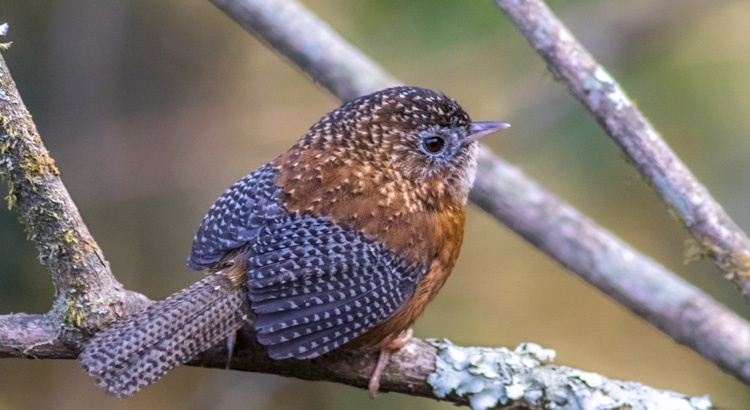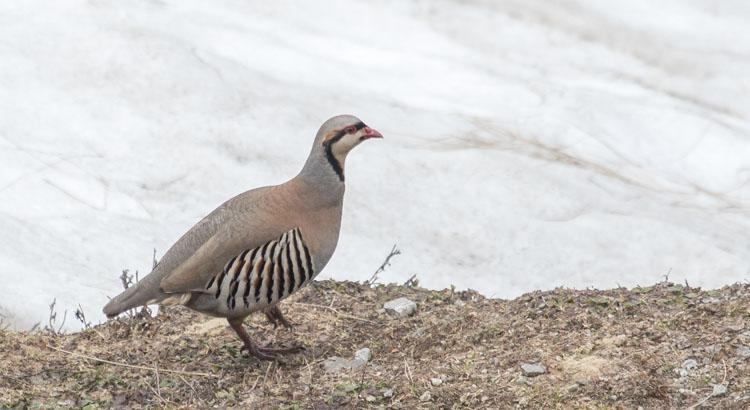Introduction
Chopta is a small region of meadows and evergreen forest area which is a part of kedarnath wildlife sanctuary located in Uttarakhand state, India and a base for trekking to Tungnath, third temple of Panch Kedar, which lies 3.5 kilometres (2.2 mi) away.
Chopta is an unspoiled natural destination lying in the lap of the Uttarakhand Himalayas and offers views of the imposing Himalayan range including Trishul, Nanda Devi and Chaukhamba. It is located at an elevation of 2,680 metres (8,790 ft) above sea level. Chopta village is surrounded by forests of pine, deodar and rhododendron and is rich in flora and fauna include rare species of birds and musk deer.
[rule style=”rule-fadecorder” ]
Tour Itinerary
Day 1: Pick up by CAR from Dehradun airport by 12:30 PM and proceed towards Mukku Village. Approx driving time is 7 to 8 hrs. Reach Mukku Village around 8 PM in the evening.
Day 2: Visit Chopta monal points, Mukku Bend, Mukku Farm. Interactive session in evening followed by dinner.
Day 3: Visit Chopta monal points, Mukku Bend, Mukku Farm. Interactive session in evening followed by dinner.
Day 4: Visit Kakraghat and bird-watching on the way. Interactive session in evening followed by dinner.
Day 5: Bird-watching in and around Mukku village. Interactive session in evening followed by dinner.
Day 6: Leave for Dehradun airport early in the morning by 3:30 AM.
Note: Wake up call at 5:30 in the morning everyday.
[rule style=”rule-fadecorder” ]
Note that this is a sample itinerary and can be customized as per your requirements. Please use the form below to let us know about your requirements and we shall get back to you with an updated itinerary along with a tentative cost.
[rule style=”rule-fadecorder” ]
Enquire about this tour
Please include complete details and contact information. In case of any special requirement please include the same in other details section.






